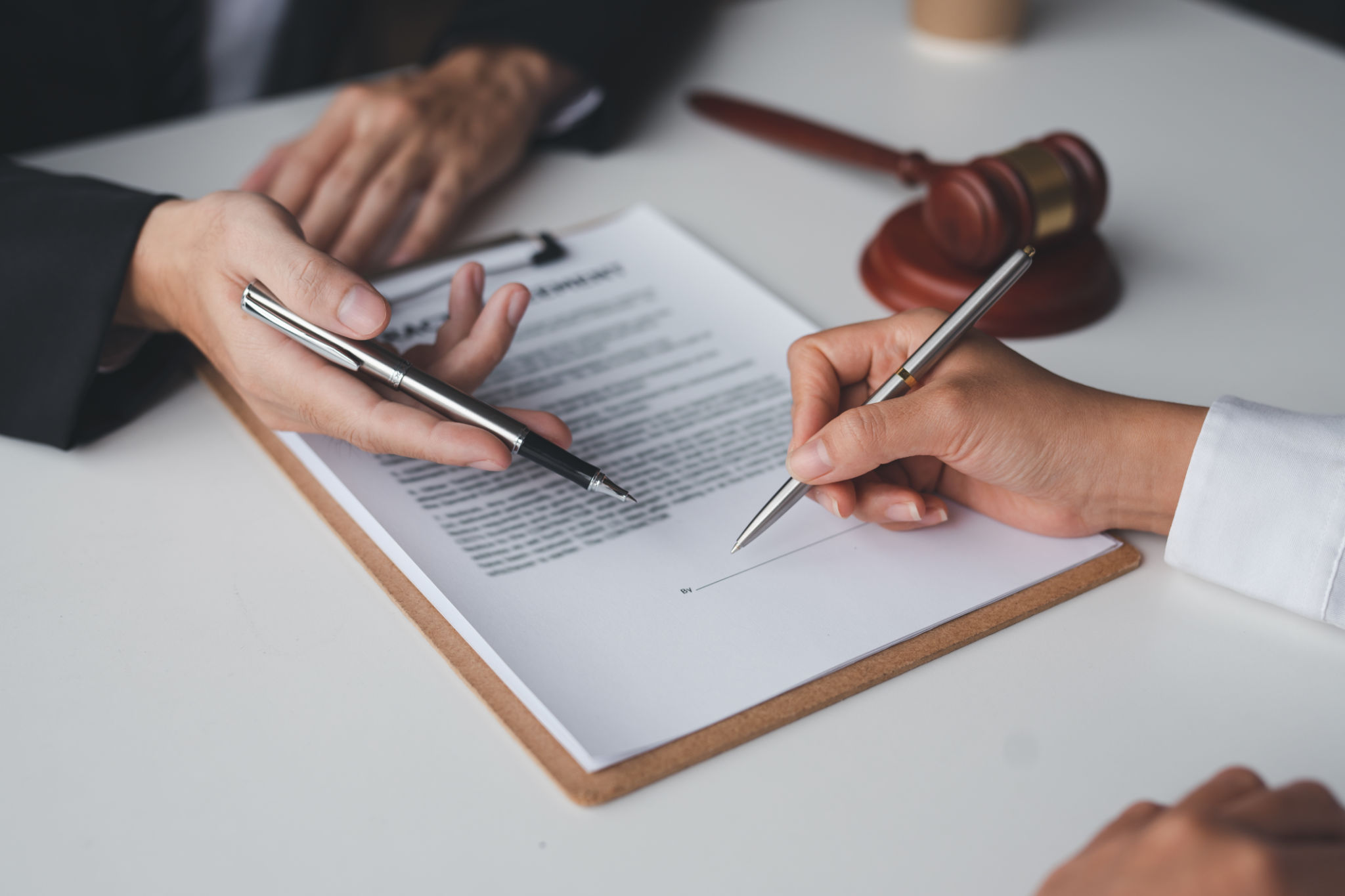Common Mistakes in Lease Agreement Drafting and How to Avoid Them
VA
Understanding the Importance of a Well-Drafted Lease Agreement
A lease agreement is more than just a legal formality; it’s a critical document that outlines the terms and conditions of the relationship between a landlord and a tenant. A well-drafted lease can prevent misunderstandings and disputes, while a poorly drafted one can lead to costly legal battles. Understanding the common mistakes in lease agreement drafting and learning how to avoid them can save both parties a lot of trouble.

Overlooking Essential Clauses
One of the most frequent mistakes in drafting lease agreements is the omission of essential clauses. Some landlords might neglect to include key terms such as maintenance responsibilities, pet policies, or specific rules related to property usage. It's crucial to address all aspects of tenancy to avoid future conflicts. A comprehensive lease should clearly spell out each party's obligations and rights.
To avoid this mistake, consider using a checklist or consulting with a legal professional to ensure all necessary clauses are included. This proactive approach will help protect both parties' interests.
Ambiguous Language
Ambiguity in a lease agreement can be a major source of disputes. Phrasing that is too vague or open to interpretation can lead to misunderstandings regarding terms like rent increases, security deposits, or repairs. For instance, stating that a tenant must maintain “good condition” without specifying what this entails can cause disagreements.

To prevent ambiguity, use clear and precise language. Define terms explicitly and provide examples where necessary. It's also beneficial to have the agreement reviewed by a legal expert who can identify potential areas of confusion.
Ignoring Local Laws and Regulations
Lease agreements must comply with local housing laws and regulations. Ignoring these can lead to void contracts and legal penalties. Each jurisdiction may have specific requirements regarding rent control, eviction procedures, and tenant rights that need to be adhered to.
Landlords should familiarize themselves with local laws or consult with a legal advisor specializing in real estate law to ensure the lease complies with all relevant regulations. This not only protects the landlord but also builds trust with tenants.

Not Specifying Rent Payment Details
Another common oversight is failing to specify the details of rent payments clearly. This includes the amount, due date, acceptable payment methods, and any late fees or penalties for missed payments. Without these specifics, landlords may find it challenging to enforce timely payments.
To avoid confusion, outline all payment-related details explicitly in the lease agreement. This clarity helps in ensuring that tenants understand their financial obligations right from the start.
Failing to Update Lease Agreements
Lease agreements are not one-size-fits-all documents; they need to be updated regularly to reflect changes in circumstances or laws. Using an outdated template could mean missing new legal requirements or failing to address current market conditions.
Regularly review and update lease agreements to keep them relevant and legally compliant. This practice not only minimizes risk but also helps maintain professional standards.
Conclusion: Ensuring a Solid Foundation
A well-drafted lease agreement is foundational for a smooth landlord-tenant relationship. By understanding and avoiding these common mistakes, landlords can protect their investments and foster positive interactions with tenants. Careful attention to detail, clear communication, and legal compliance are key factors in creating effective lease agreements that serve both parties well.